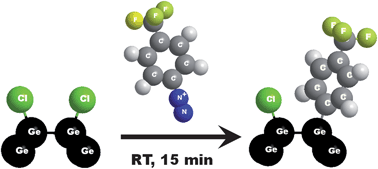Towards organic film passivation of germanium wafers using diazonium salts: Mechanism and ambient stability†
Abstract
Germanium is well-known for its good electronic properties, but also for the poor passivation quality of its natural or thermally-grown


 Please wait while we load your content...
Please wait while we load your content...